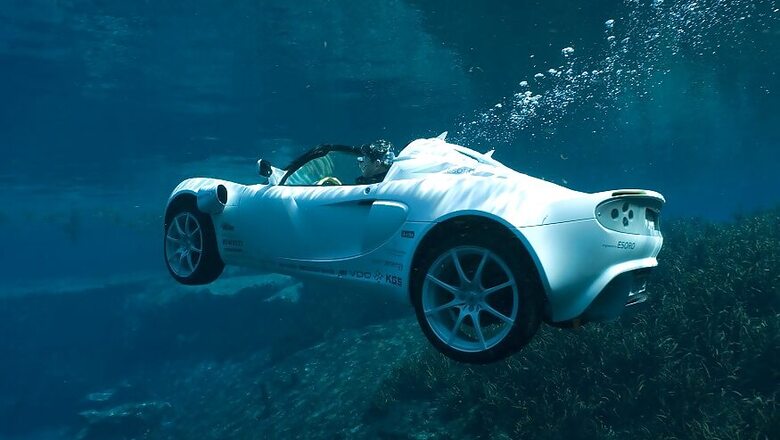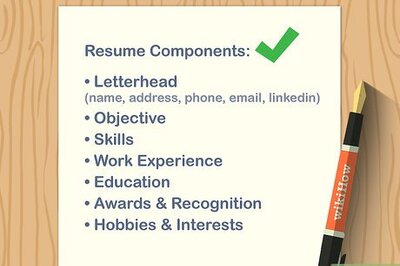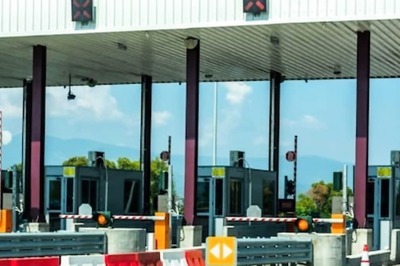
views
Considering how quickly automotive technology moves on and how closely the cars that appear in Bond films reflect innovations that will soon become a production reality, it's amazing that no company has yet cracked the market for a sportscar that converts into a submarine and back again.
When Pierce Brosnan pulled out a cell phone and used it to drive his BMW 7 Series in "Tomorrow Never Dies," people laughed. But exactly 20 years on, your BMW can indeed drive itself and with the touch of a button or the swipe of a smartphone screen will go and park itself or pull out of a space and pull up in front of you.
It's been twice as long since "The Spy Who Loved me hit the big screen" -- it celebrates its 40th anniversary this month -- however, a 2017 Louts, no matter in which trim specification, still doesn't double as a submarine if driven at speed off a pier in Sardinia.
But that doesn't mean that companies haven't been trying to solve the problem of how to turn a car into a sub-aquatic means of personal mobility and most of them admit that the 1977 film was their inspiration for doing so.
Rinspeed sQuba
To date, the closest to a genuine submarine car is the Rinspeed sQuba, which is based on a Lotus body in a direct nod to the original.
It really can drive on land and on the sea bed. Unfortunately its wheels don't fold up. Rather the completely open-top car initially floats on the surface. Hitting a switch makes the car fill with water and submerge and a laser guidance system enables it to drive along the sea bed. However, the driver and passenger at this point will have needed to don masks and breathing apparatus.
The battery-powered car can manage 80 miles on land at speeds of up to 75mph on dry land, or it can remain submerged at a speed of 2 knots and at depths of up to 10 meters, for three hours.
Gibbs Quadski
For those that want a vehicle that physically converts, look no further than the Gibbs Quadski. It's a quadbike on land and a jet ski, complete with folding wheels on water and is capable of doing 45mph up to and beyond the water's edge. However, this particular aquatic vehicle will not submerge.
For those that feel quadbikes are too dangerous or uncomfortable, Gibbs also offers an aquatic open-top car that seats three. Called the Aquada, it can hit speeds equivalent to 30mph on water and 100mph on land and in 2004 was used by Sir Richard Branson to cross the English Channel in in one hour, 40 minutes and six seconds, setting a new world record for an amphibious vehicle in the process.
WaterCar Panther
For those looking for something on-trend, US company WaterCar has started making a name for itself with its amphibious SUV the Panther. Though each one is a custom-built car, every model is capable of 55mph on land and 44mph across, but unfortunately not under the water.




















Comments
0 comment